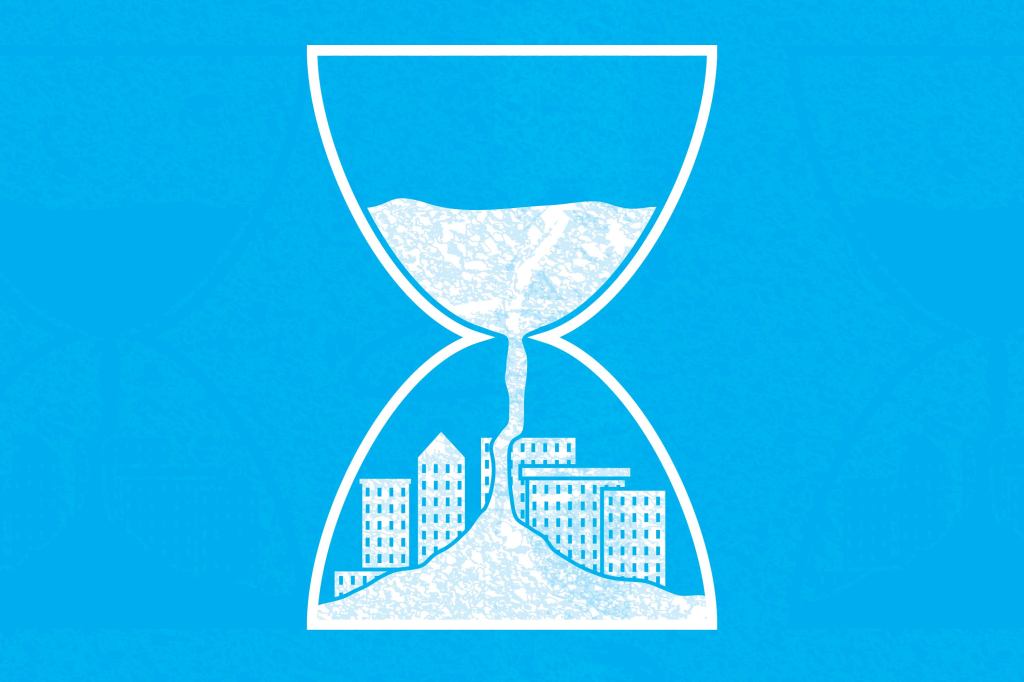When stereotyping the architectural profession, people often think of “a culture of long hours [and] all the all-nighters,” says Bob Borson, AIA, a principal at Dallas-based Malone Maxwell Borson Architects and blogger on Life of an Architect. “It’s something that drives me a little crazy.”
Borson says the excessive overtime is mostly a myth. “I know that there are firms around the country where people do work a lot of extra hours. But nobody I know works the kind of hours people think that architects work,” he says. And he decided to try to prove it. By reviewing his company’s time-tracking software and running reports for how he spent his working hours in 2014, he calculated that he worked about 225 hours more than what he would have if he’d worked typical 40-hour weeks. That comes out to about five hours of overtime a week or one extra hour per weekday.
For Borson’s eight-person firm, keeping overtime to a reasonable minimum comes from conscientious time management strategies. One of the best ways for his modest firm to stay on track is to separate work into small tasks. “We create milestones, and each milestone has a deadline. Rather than having deadlines that are far reaching, we create smaller milestones and shorter periods of time between those deadlines,” he says. “It’s easier to keep track of how your progress is coming, whether or not you have an issue, and if you need support or help from somebody else in the office.”
For larger firms, when managing time means managing the day-to-day work lives of sometimes hundreds of people, the job of dividing resources and keeping projects on track can be complicated. But with the right approach—and some useful technologies—firms can make sure the right jobs are being handled by the right people, and that everyone is on pace to hit their deadlines.
Meticulous planning and some tech tools help manage the workflow at the 100-person, five-office firm Boulder Associates. Every week, every member of the office plans tasks for the week, with entries for every hour of the day, according to principal James Lenhart, AIA. This hour-by-hour breakdown is an estimate, but it helps project managers to get an idea about who is doing what and where additional resources may be needed. At the end of the week, everyone sends a form to a database that calculates how much of their planned work was actually completed. The sweet spot has turned out to be about 85 percent, according to Lenhart. “If you’re lower than that, then something’s going on and we need to talk about it,” he says. “If you’re higher than that, maybe you don’t have enough of a workload and we need to adjust.”
Another part of Boulder Associates’ time management strategies takes the form of project blueprints. Because most of the firm’s work is in the healthcare sector, they have a pretty clear idea about how to benchmark their projects. Lenhart says that prior experience becomes a sort of step-by-step guide for each project. “The blueprint tells, especially the younger staff, what should be in a schematic design set of drawings, or a DD or CD set of drawings, and how to build it and when to build it,” he says. “It’s kind of a roadmap that says, ‘Do this at this phase.’ ”
This approach to mapping out projects is common. The small Los Angeles–based Modative breaks each of its projects down into phases, with distinct sets of tasks defined within those phases. The projects are presented visually in the office as checklists, with each person’s progress out in plain sight. Principal Christian D. Návar says this approach helps create a “manageable competitive environment” where people are encouraged to stay on track. The step-by-step format of a checklist also helps people know what they have to do next and not have to walk into the principal’s office to ask for another assignment.
“Outside of keeping people accountable, it also allowed us to create a roadmap for people to operate without those constant interruptions throughout the day of, ‘What do I do next?’ ” he says.
Modative uses the software Evernote to track progress. Návar says everyone has access to everyone else’s checklists, which helps with project management as well as keeping people on pace with each other.
“It sounds really dry and boring,” Návar says. “But the reality is it’s allowed my business partner and me to not be here until 10 o’clock every night. It allows my employees to be more efficient with their production. It actually frees up more time to do what we like to do, which is design.”
